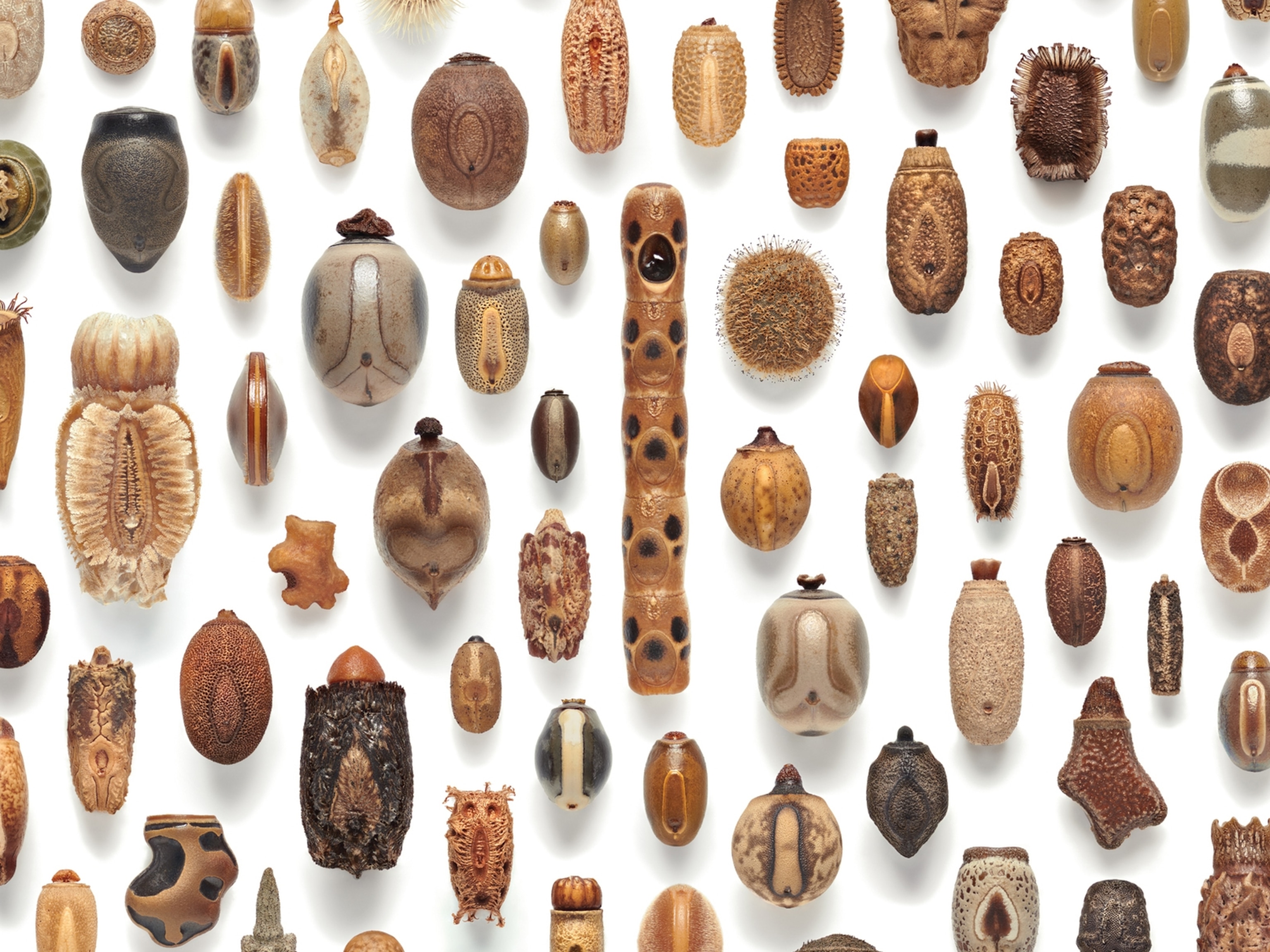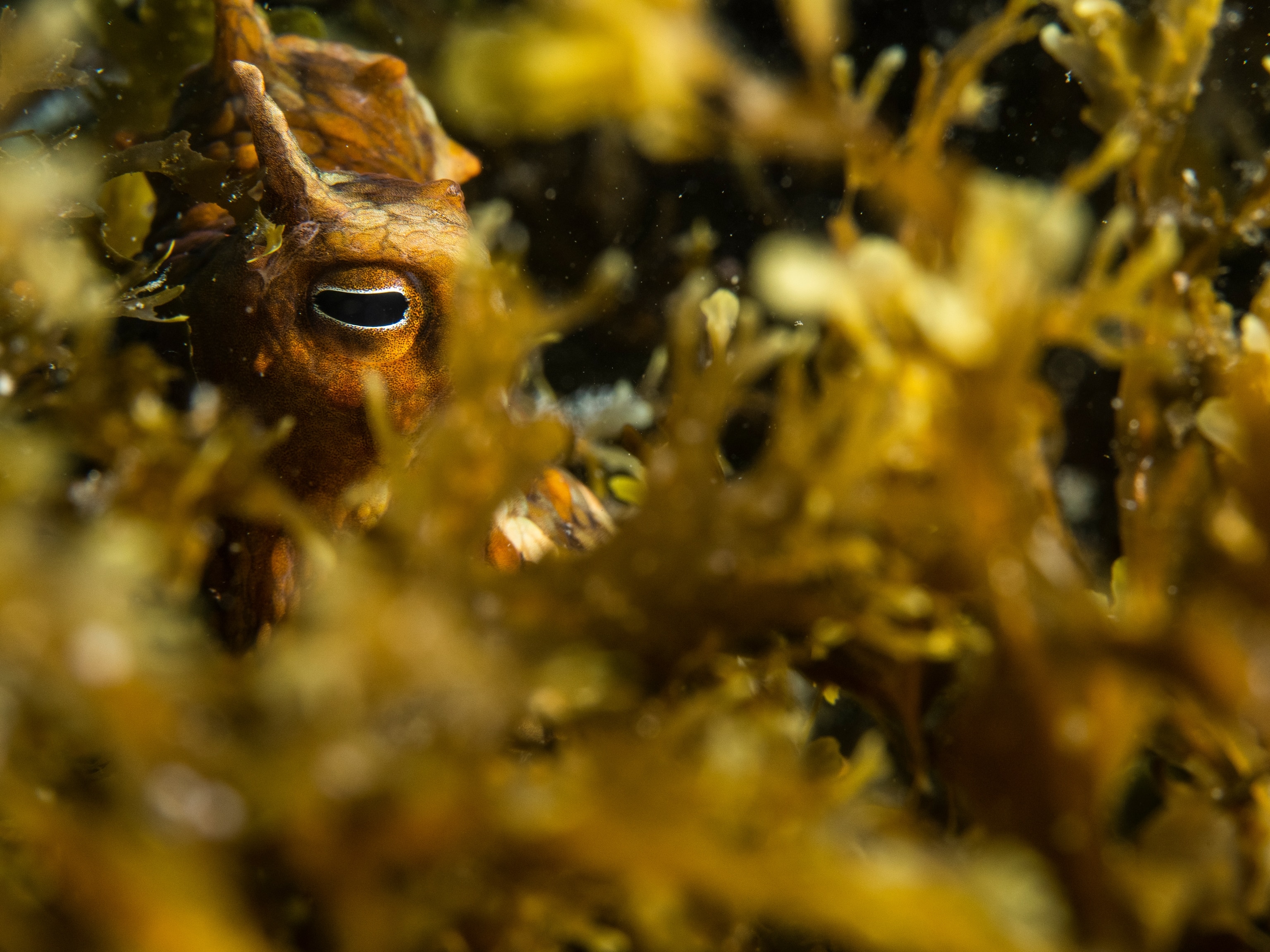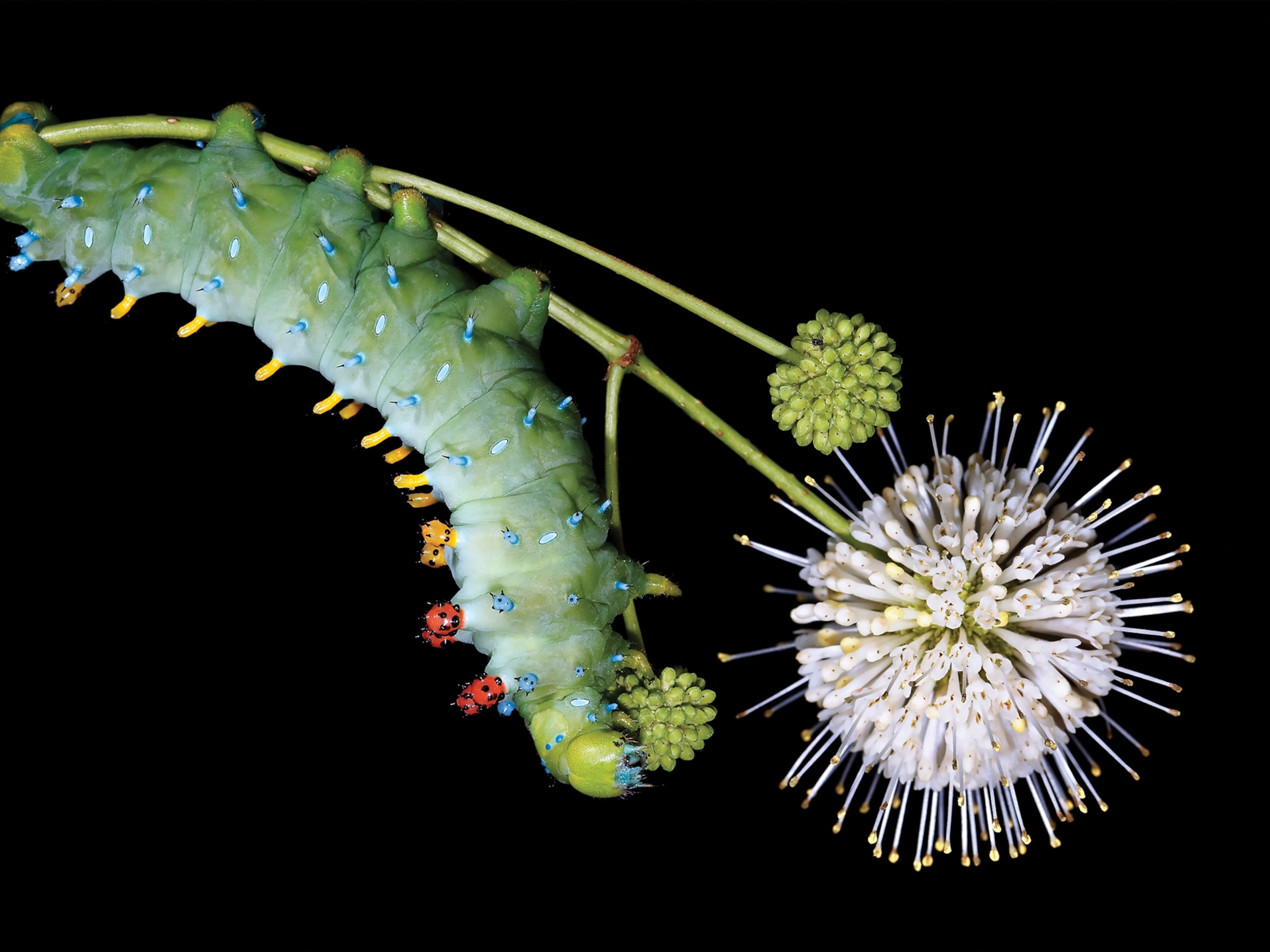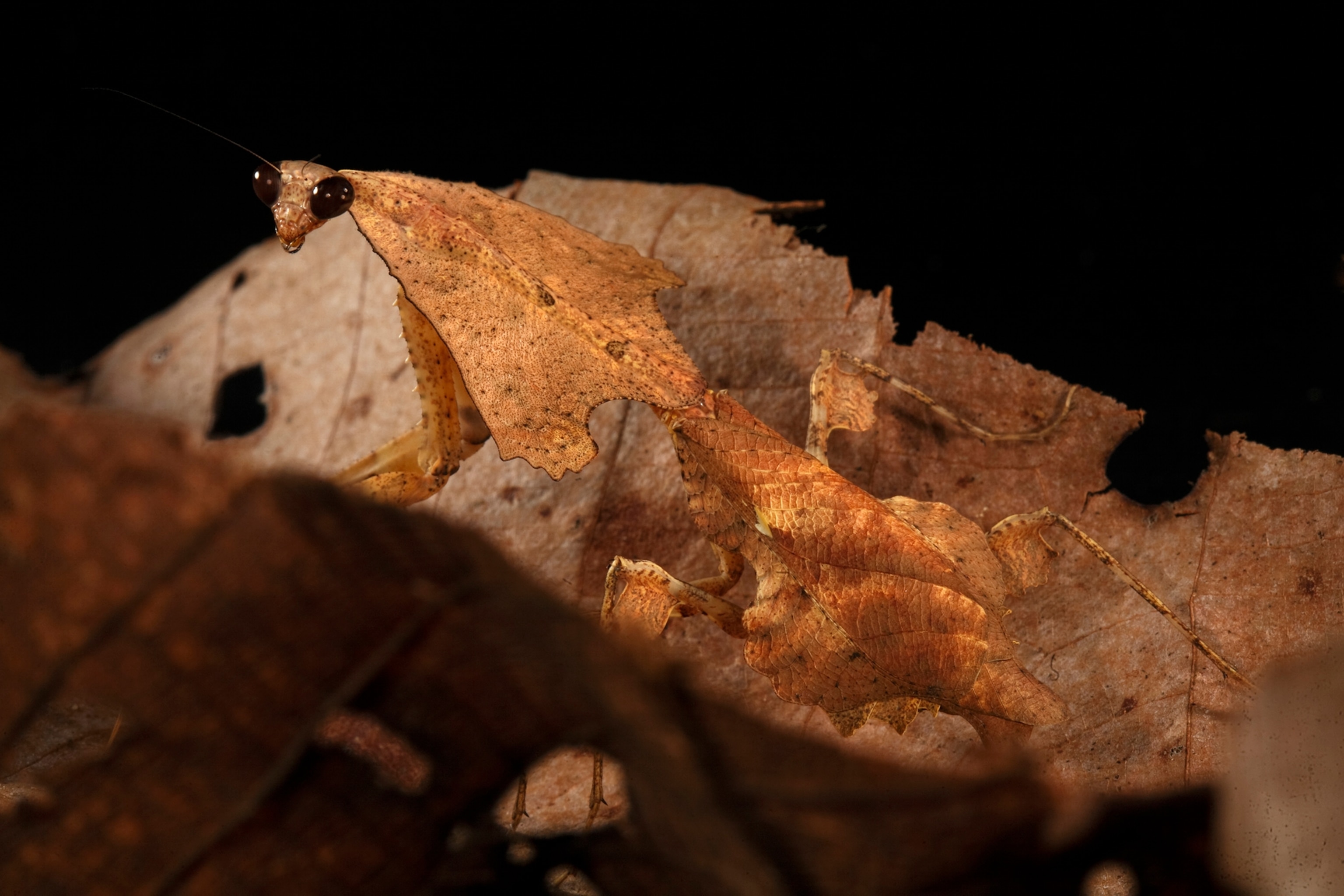
Photos: Masters of Disguise—Amazing Insect Camouflage
To avoid becoming prey, insects use mimicry to blend into their surroundings.
When it comes to biology, mimicry is everywhere. Lions use camouflage to blend in with the savanna. Frogs use mimicry to match their green environment. Most famously, chameleons will even change color to blend in with their backgrounds. (See "Find the Mimic" in National Geographic magazine.)
For their part, researchers have long been fascinated with mimicry, and for some contemporaries of Darwin like naturalist Alfred Russel Wallace, it was mimicry and camouflage that helped convince them of the power of natural selection. Nature selects for successful traits: Insects that can blend in with their environments are less likely to be eaten and are able to pass on their genes-and their natural disguises-to future generations. (Related: "Photo Gallery: Masters of Undersea Camouflage.")
But according to a study released yesterday, it turns out that a certain type of leaf mimicry dates back much further than experts believed, to the time of the dinosaurs. (See "Stick Insects Have Mimicked Plants Since the Age of Dinosaurs.")
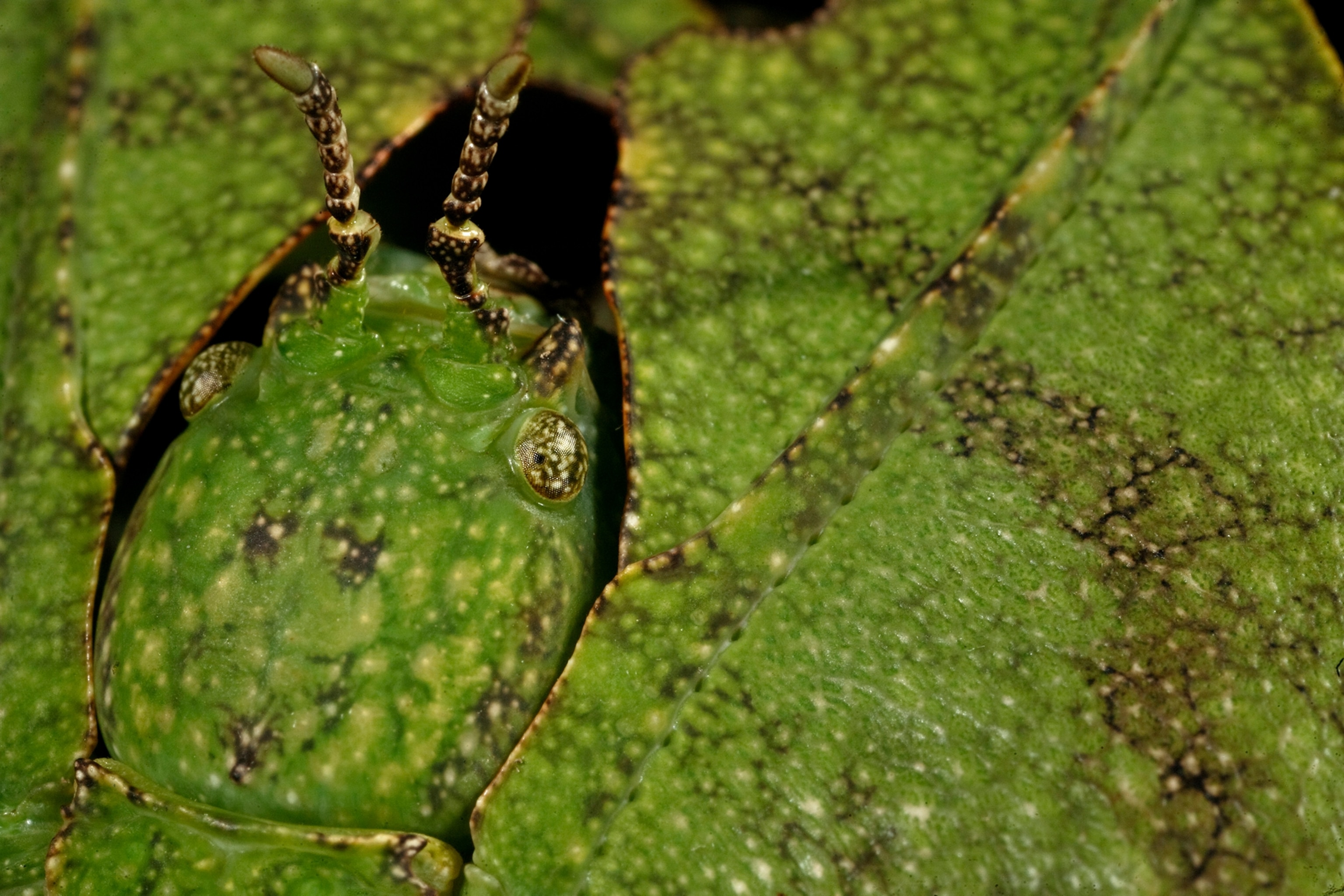
Not only does this walking leaf insect (Phyllium giganteum) blend in perfectly with the colors and shapes of its environment, it also rocks back and forth when it walks to mimic a real leaf being blown by the wind.
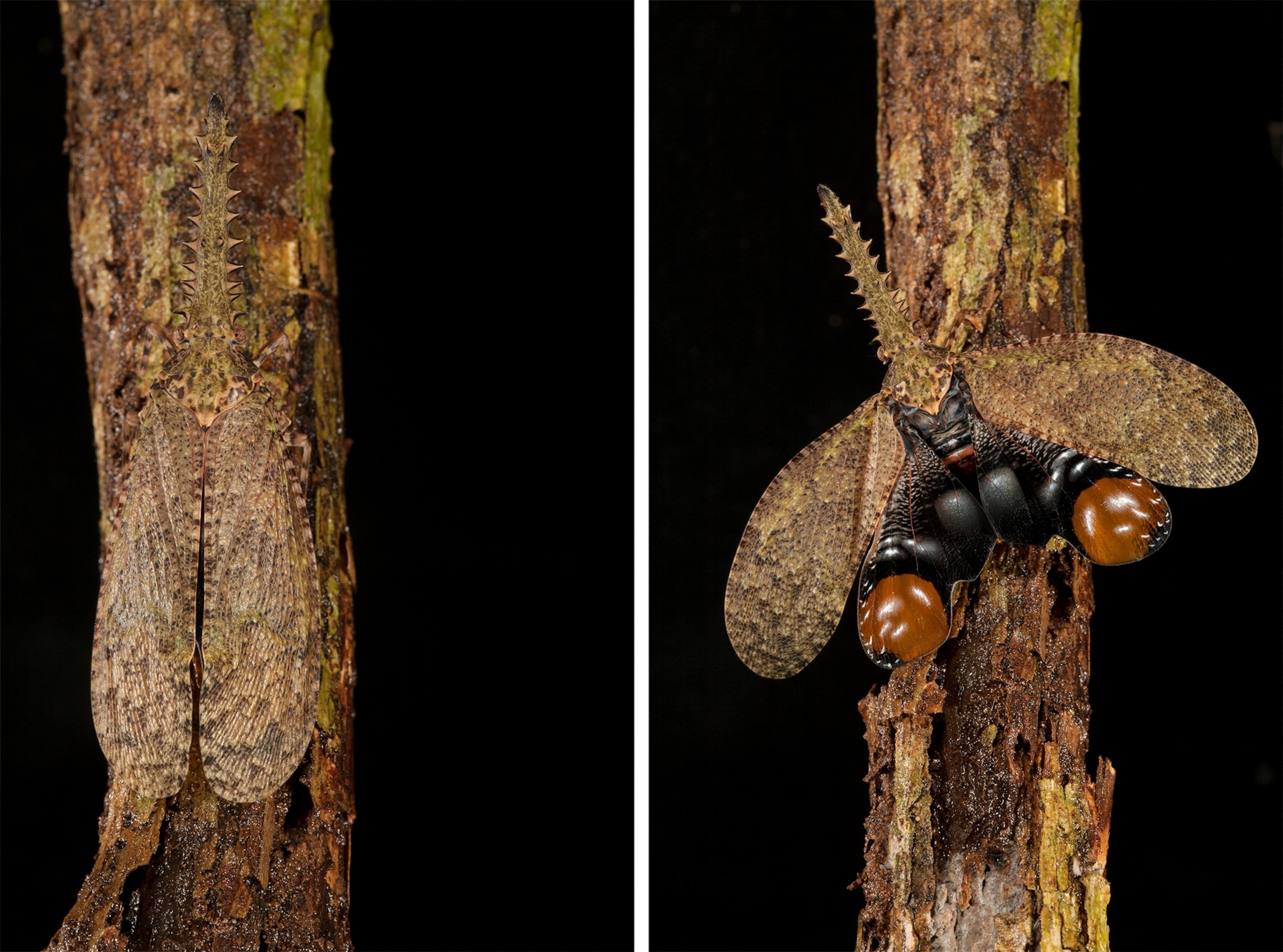
The lantern fly (Fulgora sp.) on the left is well camouflaged on the trunk of its host tree in Soberania National Park in Panama. In a defensive display, the lantern fly on the right flashes large eyespots on its wings to scare away hungry predators.
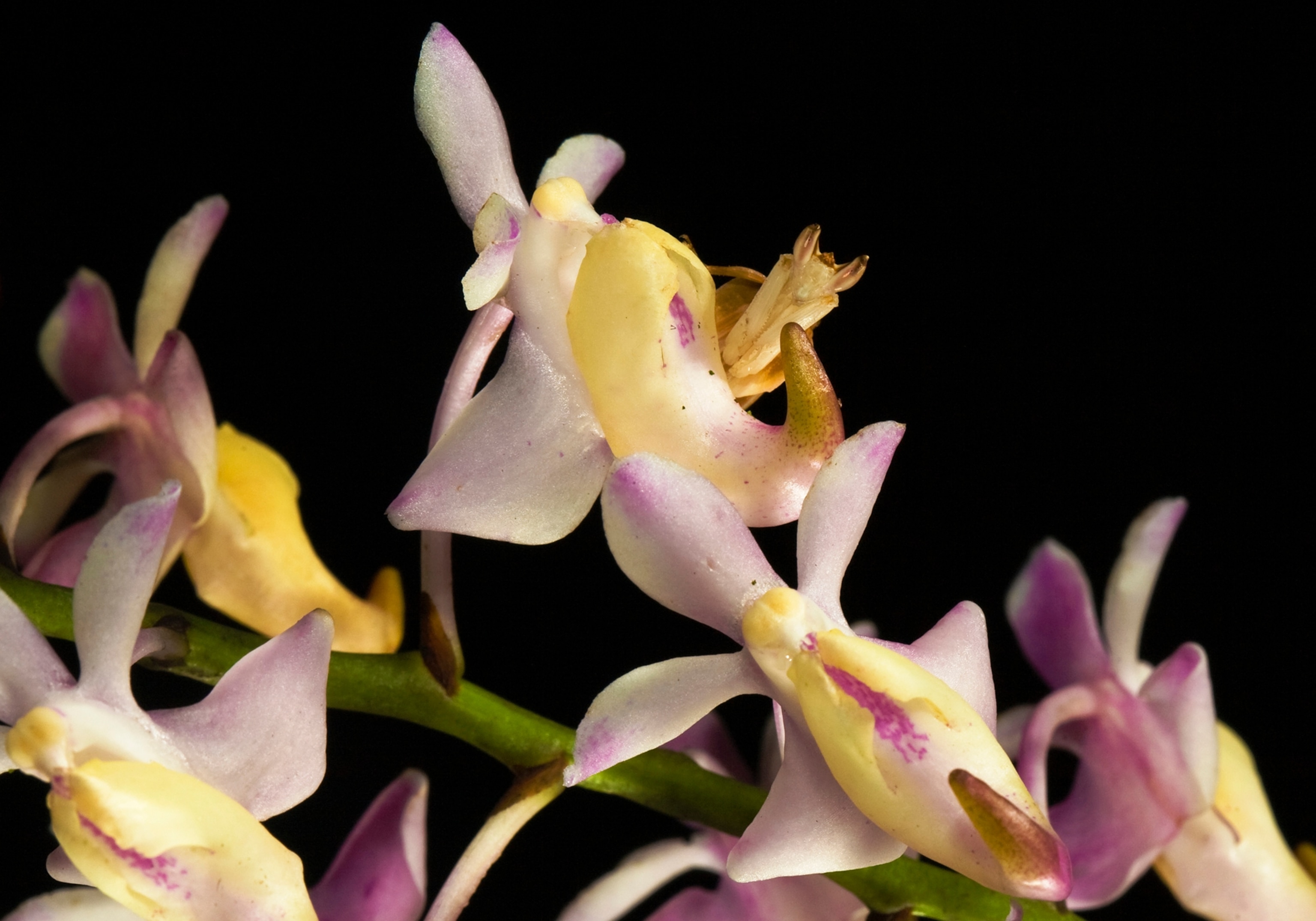
Look closely to find the walking flower mantis (Hymenopus coronatus). While some insects use their camouflage to hide among flowers, this orchid mantis may be mimicking parts of the orchid flower to attract prey. Its four walking legs look like flower petals.
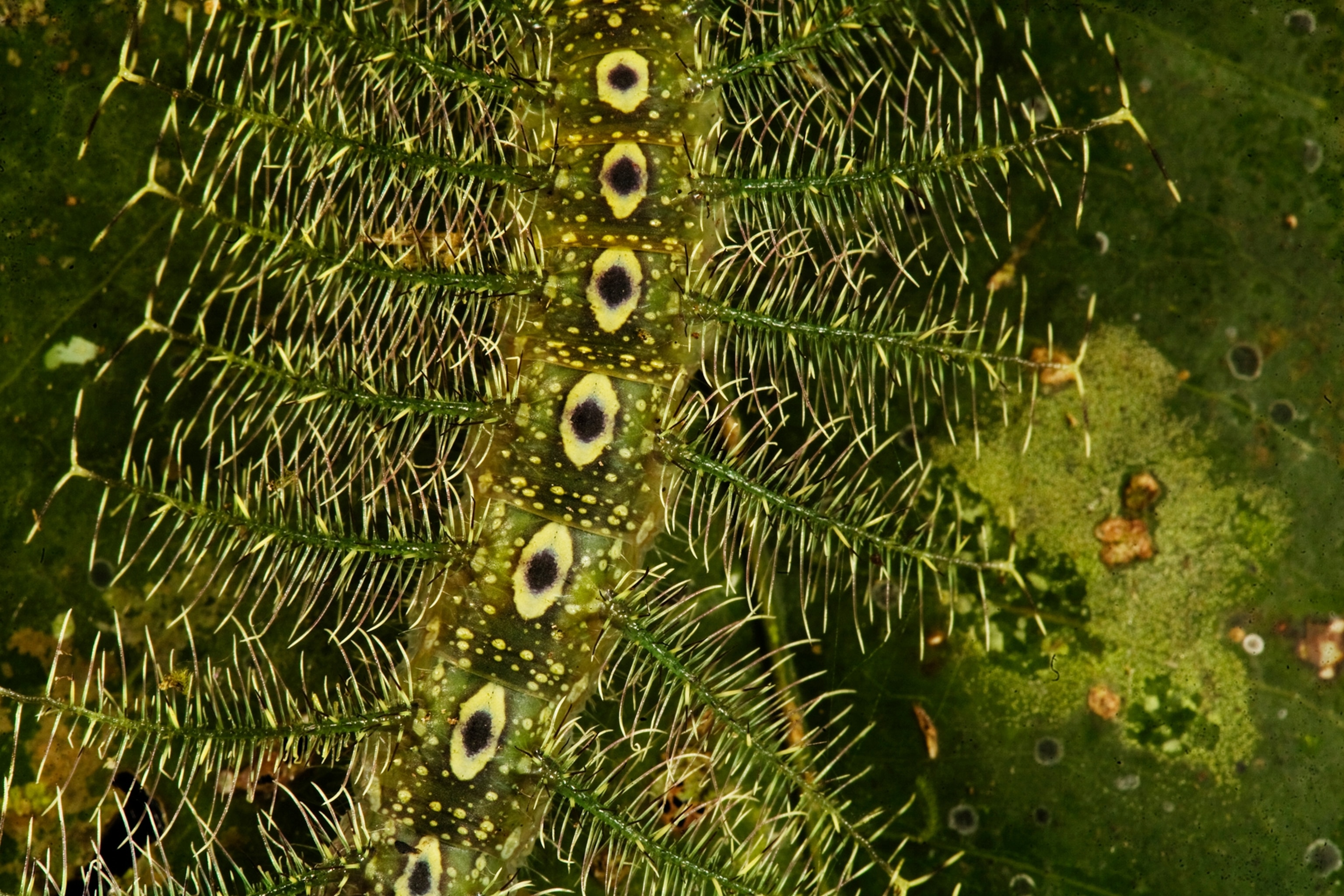
This green caterpillar (Tanaecia sp.) blends beautifully into its environment. The degree to which insects have developed camouflage has long fascinated scientists. In the words of renowned scientist E. O. Wilson, "Every kid has a bug period. I never grew out of mine."
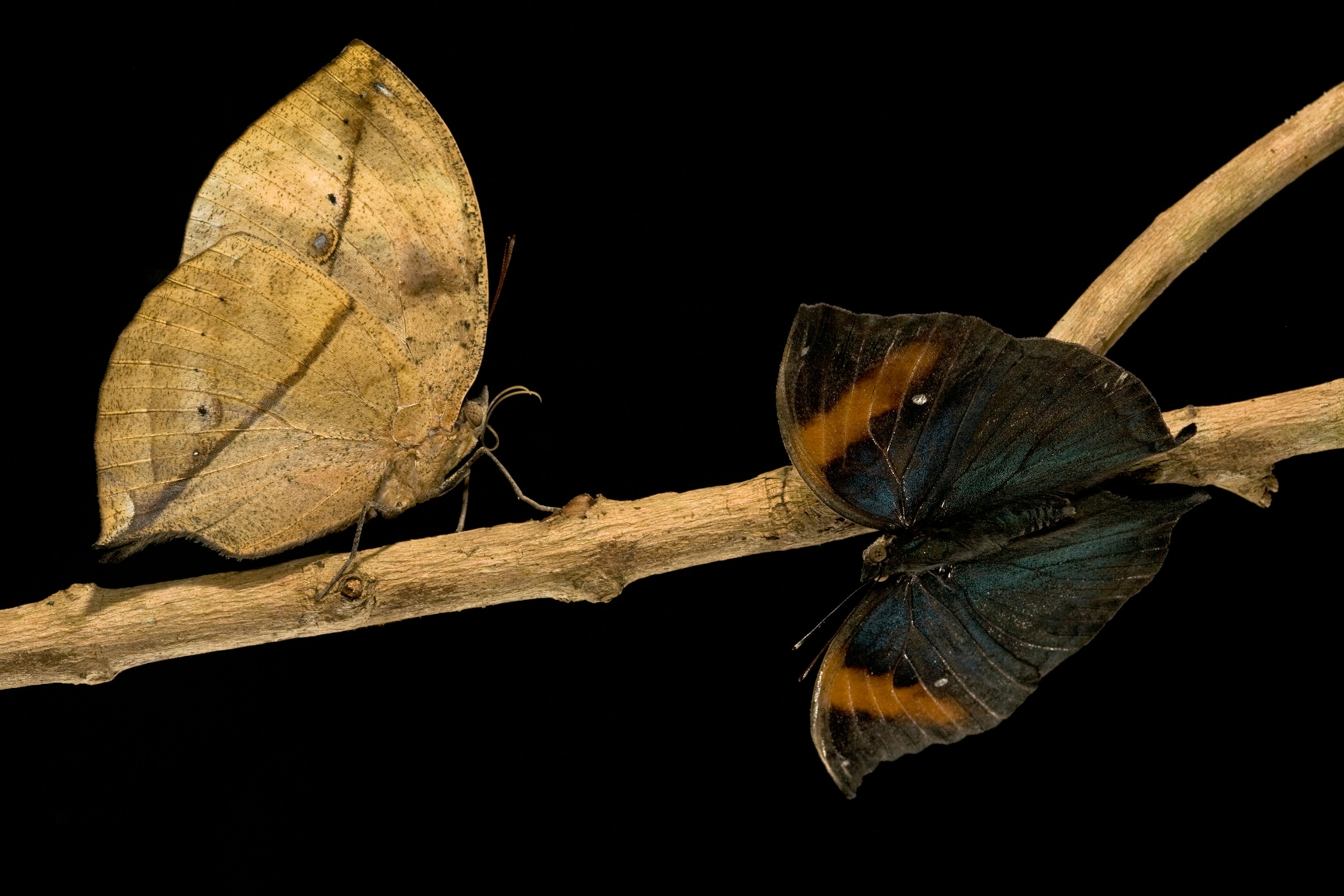
Who wants to eat a dead leaf? Not most animals. The dead leaf butterfly (Kallima sp.) is aptly named for the color of its wings.
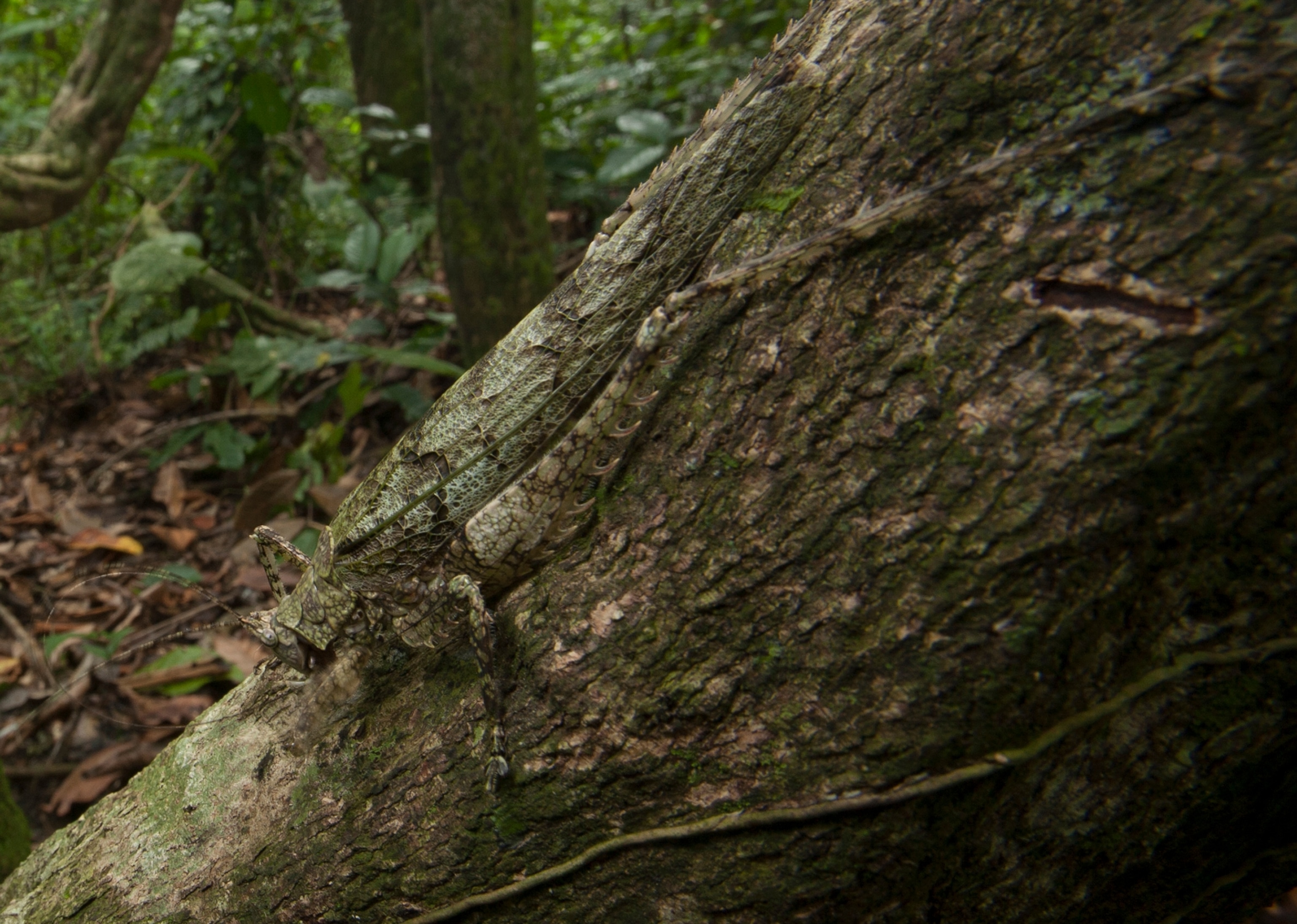
The lichen-colored katydid blends in perfectly with its lichen-encrusted host tree to hide from predation. What's more, this katydid eats the very lichen it is camouflaged to match.
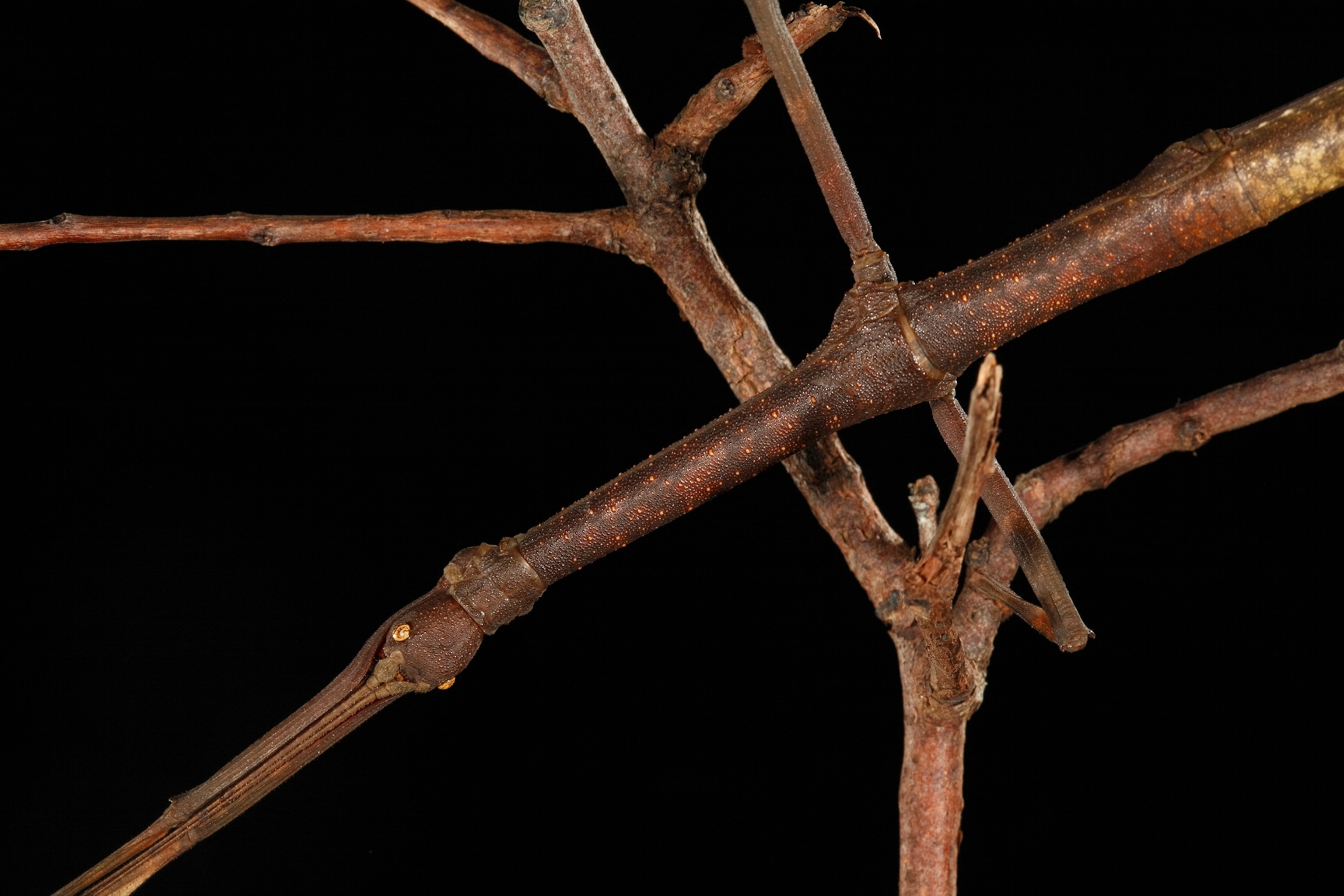
Walking stick insects (Lonchodes sp.) protect themselves in nature by resembling twigs and branches. To add to their disguise, they walk slowly to resemble branches swaying in the wind.

